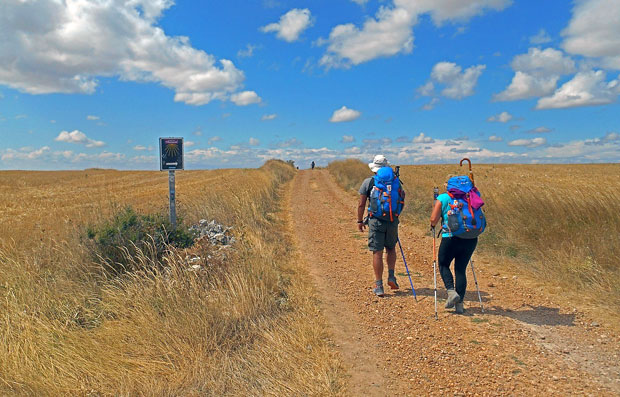Explore the Camino de Santiago: A Quick Guide to the Pilgrim’s Path

Explore the Camino de Santiago: A Guide to the Pilgrim’s Path
What is the Camino de Santiago? The Camino de Santiago, also known as the Way of St. James, is a collection of ancient pilgrim routes. These stretch across Europe, converging at the tomb of St. James in Santiago de Compostela in Spain. Millions have walked this network of paths over a thousand years. These paths were originally serving as a route for spiritual purification and penance. Today, it includes several main routes, such as the popular Camino Francés, which spans nearly 800 kilometres from the French Pyrenees to Santiago, and the Camino Portugués, which offers a slightly gentler walk from Portugal.
Cultural and Spiritual Significance
The Camino is steeped in history and spiritual significance. It was declared the first European Cultural Itinerary by the Council of Europe in 1987 and a UNESCO World Heritage Site in parts. Pilgrims, known as “peregrinos,” who walk the Camino, often do so for a mix of personal, spiritual, and cultural reasons. Many undertake this journey to face personal challenges. Specifically to find peace, or as a retreat from the hustle and bustle of modern life. The Camino offers a unique opportunity to disconnect from daily distractions and reflect on one’s life path.
Personal Tales from the Trail
Walkers on the Camino de Santiago often speak of a profound sense of community and shared purpose with their fellow pilgrims. There’s a saying on the Camino: “No one walks alone.” This is both a literal and a metaphorical reflection of the journey. Personal stories from the trail vary widely. From tales of finding love and forging lasting friendships to experiencing spiritual awakenings or significant emotional healing. These narratives underscore the transformative power of the Camino.
Practical Advice for Would-be Pilgrims
Preparing for the Camino is crucial to enjoying the trek. It’s especially advisable to physically prepare, as days can involve walking 20 to 30 kilometres, often in challenging conditions. Packing is also key—bring only what you need, focusing on comfort and practicality. Essentials include a good pair of walking shoes, a lightweight backpack, quick-dry clothing, and a pilgrim’s passport. This is stamped along the way to prove your journey should you want to receive a “Compostela” certificate at its end.
Why You Need to Walk the Camino
Walking the Camino de Santiago can be an incredibly rewarding experience. The physical challenge, coupled with the spiritual and emotional introspection, offers a rare opportunity for personal growth. Along the way, the stunning landscapes of rural Spain, the architectural marvels, and the deep dive into rich cultural traditions provide a backdrop that enriches the journey. Whether you’re seeking solitude, adventure, or spiritual enrichment, the Camino promises a journey that is as deep and varied as the routes themselves.
Finally, the Camino de Santiago offers a unique blend of adventure, culture, and spirituality. This can leave a lasting impact on your life. It’s a pilgrimage that promises not only a physical journey but an epic voyage of self-discovery. So, if you’re looking for a meaningful escape from the everyday, the Camino could well be the experience you’ve been looking for.
Guest Article.




